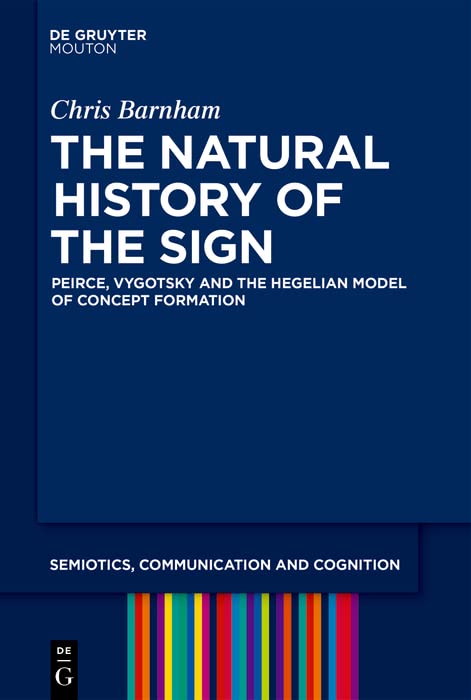

Most ebook files are in PDF format, so you can easily read them using various software such as Foxit Reader or directly on the Google Chrome browser.
Some ebook files are released by publishers in other formats such as .awz, .mobi, .epub, .fb2, etc. You may need to install specific software to read these formats on mobile/PC, such as Calibre.
Please read the tutorial at this link: https://ebookbell.com/faq
We offer FREE conversion to the popular formats you request; however, this may take some time. Therefore, right after payment, please email us, and we will try to provide the service as quickly as possible.
For some exceptional file formats or broken links (if any), please refrain from opening any disputes. Instead, email us first, and we will try to assist within a maximum of 6 hours.
EbookBell Team

4.4
72 reviewsOur understanding of CS Peirce, and his semiotics, is largely influenced by a twentieth century perspective that prioritizes the sign as a cultural artifact, or as one that that 'distorts', in some way, our understanding of the empirical world. Such a perspective will always undermine appreciation of Peirce as a philosopher who viewed signs as the very mechanisms that enable us to understand reality through concept formation.
The key to this repositioning of Peirce is to place his work in the broad frame of Hegelian philosophy. This book evaluates, in detail, the parallels that exist between Peircean and Hegelian thought, highlighting their convergences and also the points at which Peirce departs from Hegel's position. It also considers the work of Vygotsky on concept formation showing that both are, in fact, working within the same Hegelian template.
This book, therefore, contributes to our broader understanding of Peircean semiotics. But by drawing in Vygotsky, under the same theoretical auspices, it demonstrates that Peirce has much to offer contemporary educational learning theory.